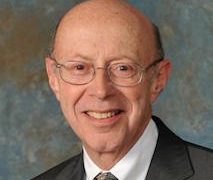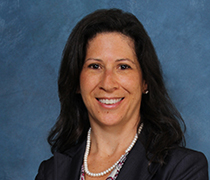History
Prior to 2000, the founding members of the HVCDDRA were working as divorce lawyers, divorce mediators, divorce financial planners and divorce related family therapists. Many felt that the existing legal system exacerbated the difficulties couples have when splitting up and often failed to protect the children in the divorce process; even the divorce mediation process, which was designed to be a more supportive system for helping families, did not always provide as much support as some families need.
In 1990, Stuart Webb, a divorce lawyer in Minnesota, became disillusioned with the use of the judicial system in divorce cases, and wrote a letter to Minnesota Supreme Court Chief Justice, Sandy Keith describing this new “collaborative” process. In the letter he asks: Why not create an intentional settlement climate that encourages cooperation and creative alternatives? He said he would be willing to negotiate solutions to divorce cases with his colleagues, if they would agree in advance that if they did not succeed in helping the couple reach a mutually acceptable agreement, they would disqualify themselves from going to court. This was a novel idea — lawyers intentionally taking court off the table at the beginning of a case. It turned out that doing so vastly increases the likelihood that couples will be able to find a mutually acceptable agreement with the support of their lawyers.
In the Hudson Valley the founding members of the collaborative movement included lawyers (who had worked both as lawyers and as mediators), mental health professionals and financial professionals. We decided from the beginning that for couples to really have the support they need, members of all three professions should be on a team designed to assist the clients in making decisions of their own. We have found the “full team approach” to be the most effective in assisting couples to reach high quality decisions that they feel meet their families ongoing needs. Our collaborative divorce cases always include one lawyer for each party, either a neutral mental health professional or two mental health professionals and a neutral financial professional. Sometimes we use a child specialist as well. The team works together to create a safe environment for the couple to explore and develop a plan that all parties find satisfactory.
It became apparent that some civil disputes could also benefit from this approach, especially situations that involve family members or people who want to continue to have a positive relationship after the dispute has been resolved. For example, small businesses, family businesses, elder care decision making, employment disputes, estate conflicts and other matters all involve people who may need assistance to solve problems that arise, but do not want the “slash and burn” mentality that so often seems to accompany litigation. Some of our members also provide collaborative assistance in civil disputes using this approach.
HVCDDRA members have been accepting collaborative cases that involve people who have an ongoing relationship since 2002. A not-for-profit membership organization, our members are not in business together, but they have agreed to use certain protocols to assist people in fashioning respectful agreements in disputed situations. We are also members of the International Association of Collaborative Professionals (IACP), and many of our members are national and international trainers of other collaborative professionals.
As an organization, we are committed to supporting our members by sponsoring advanced training and support to assure the highest possible quality of services for collaborative clients. We have three separate practice groups in New York, one in Dutchess County, one in Putnam-Westchester County and one in Orange County. Each practice group provides additional support to their local members and greater coordination of cases within their county.



